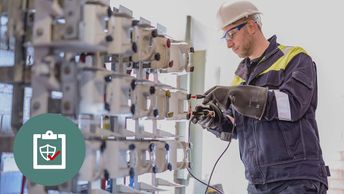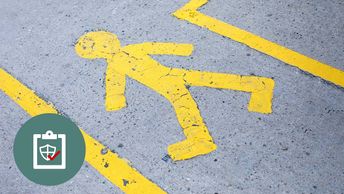Combustible Dust
- 3 topics | 18m
- Up to 30 languages
- Transcripts
Combustible dust is a hidden and insidious menace. Created during the normal course of production, combustible dust lurks in corners and crevices, within equipment and vents, on floors and other surfaces, and in the very air in which we work. A combustible dust explosion can cause immediate and catastrophic loss of life, injuries, and destruction of buildings and equipment. The ensuing fires, secondary explosions, flying debris, and collapsing structural components pose additional threats to both people and property. This course will acquaint you with the risks, controls, safe work practices, and proper procedures involved in dealing with this workplace hazard. This course was developed with subject matter support provided by EnSafe Inc., a global professional services company focusing on engineering, environment, health and safety, and information technology. Please note, the course materials and content were current with the laws and regulations at the time of the last expert review, however, they may not reflect the most current legal developments. Nothing herein, or in the course materials, shall be construed as professional advice as to any particular situation with respect to compliance with legal statutes or requirements.
WHAT YOU WILL LEARN
-
identify the characteristics of combustible dust
-
recognize the elements of a combustible dust explosion
-
identify employee responsibilities for complying with safe and healthy practices in the workplace
-
recognize the purposes of conducting a dust hazard assessment as a measure of controlling combustible dust in the workplace
-
identify descriptions of the combustible dust regulations and standards organizations
IN THIS COURSE
-
All About Combustible Dust5m
-
Assessment and Control6m
-
Regulations and Standards4m
YOU MIGHT ALSO LIKE
COMPLIANCE-COURSE
Spill Response and Control Impact: Responsibilities During a Spill
COMPLIANCE-COURSE
Electrical Safety: Qualified Worker – Part 2
COMPLIANCE-COURSE
Pedestrian Safety 2.0


